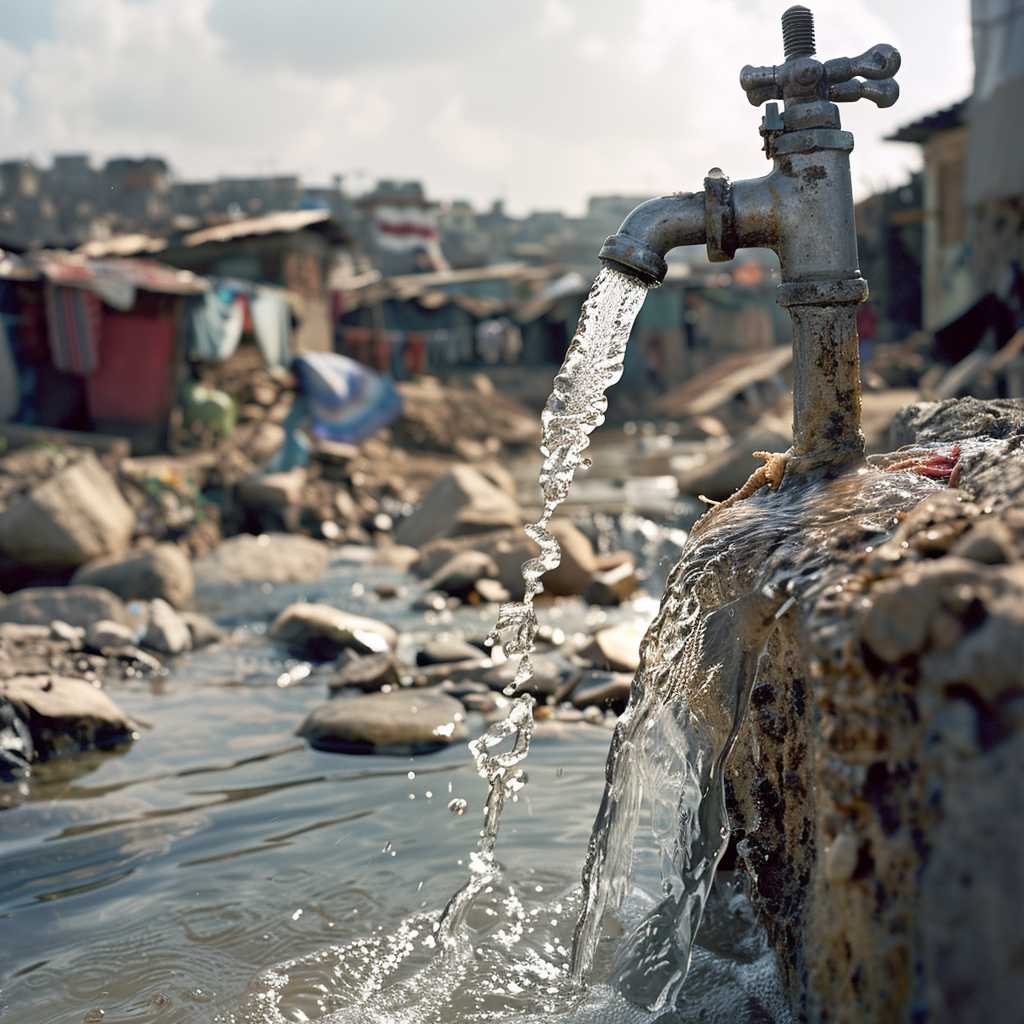Understanding Cholera: A Historic and Modern Overview
Cholera is a significant public health concern, particularly in regions without adequate water treatment, sanitation, and hygiene. It is an infectious disease caused by the bacterium Vibrio cholerae, which can lead to severe diarrhea and dehydration. Throughout history, cholera has been responsible for numerous pandemics, with the ability to spread rapidly where the conditions allow. However, with proper understanding and measures, it can be prevented and controlled.
The History of Cholera Pandemics
Cholera has a storied past, marked by seven significant pandemics recorded since the early 19th century. The first pandemic began in 1817 near the Ganges River in India and rapidly spread across Asia to the Middle East, Europe, and North America. Subsequent pandemics originated in the Ganges Delta of the Bay of Bengal and spread further with each occurrence.
The third pandemic (1852–1860) was the deadliest, claiming over a million lives. This period also marked a significant advancement in medical science as John Snow identified the water source contaminated with V. cholerae as the vehicle of transmission in London, which laid the foundation for modern epidemiology.
The seventh and current pandemic started in 1961 in Indonesia and continues to affect countries today. Though not as deadly as previous pandemics due to better healthcare and understanding of the disease, occasional outbreaks still occur globally, particularly in war zones or countries affected by natural disasters, where access to clean water is disrupted.
Understanding the Disease
Cholera is characterized by severe watery diarrhea, which can lead to rapid dehydration and electrolyte imbalance. Symptoms usually manifest within a few hours to five days after ingesting contaminated food or water. In severe cases, patients can experience vomiting, cramps, and dehydration that can be life-threatening without prompt treatment.
Transmission Pathways of Cholera
The primary mode of transmission for cholera is fecal contamination of water and food sources. High-risk environments include regions with poor sanitation, dense populations, refugee camps, and areas affected by famine or natural disasters like floods that disrupt regular water supply systems.
Technological Advances and Cholera Control
Over the decades, significant technological advances have contributed to the control of cholera outbreaks. Water purification methods such as chlorination, filtration systems and boiling water are effective at killing V. cholerae bacteria. Furthermore, improvements in sewage treatment and waste management also curtail the spread of the disease.
Vaccination and Cholera Prevention
Oral cholera vaccines (OCV) are available and have been used as a preventative measure during outbreaks. Vaccination campaigns alongside improvements in sanitation are considered part of an integrated approach recommended by health experts for controlling the spread of cholera.
Challenges in Current Cholera Hotspots
Despite advancements, cholera remains endemic in many countries across Africa, South Asia, and Haiti, facing challenges such as political instability, weak health surveillance systems, poor infrastructure, and lack of public health education.
